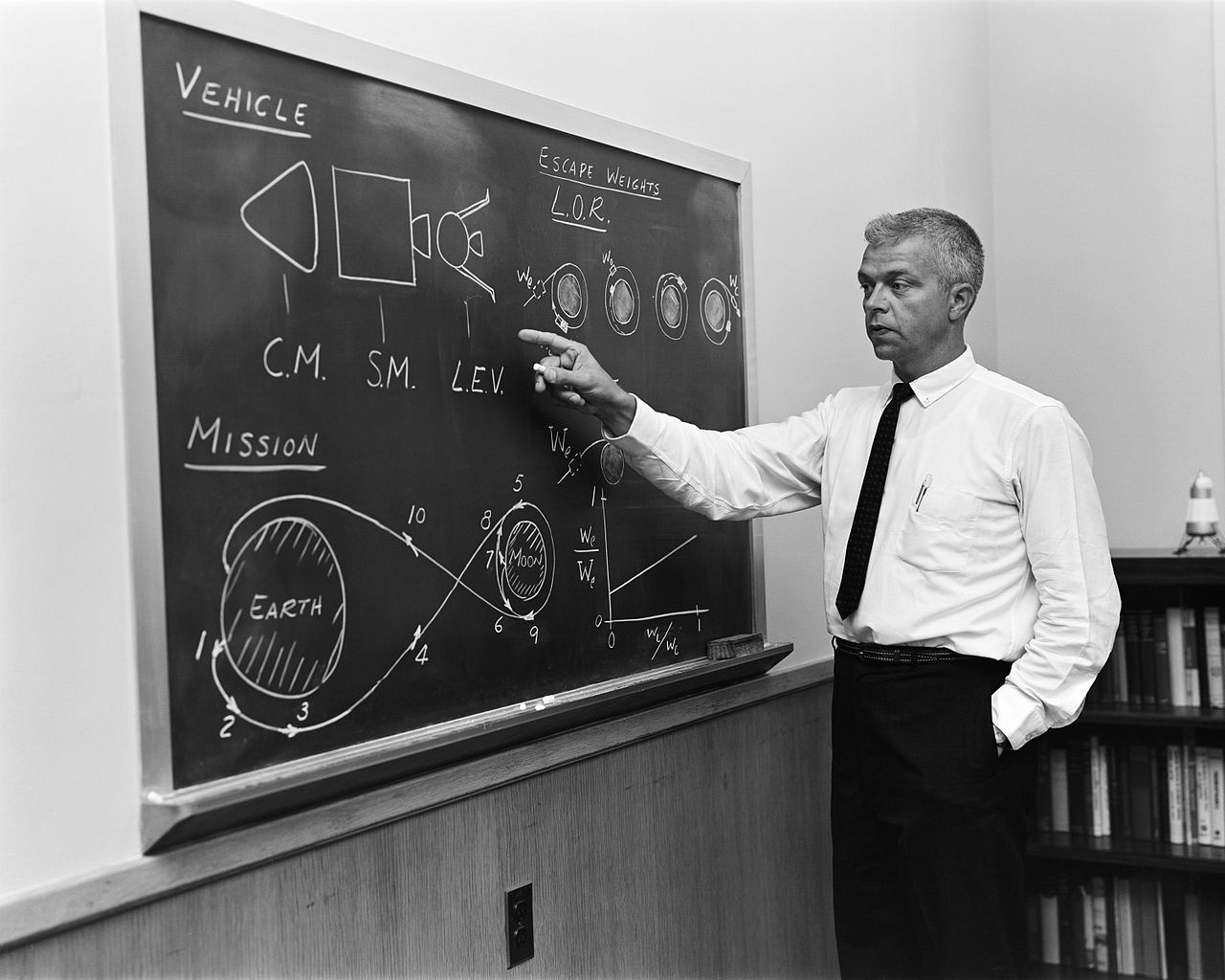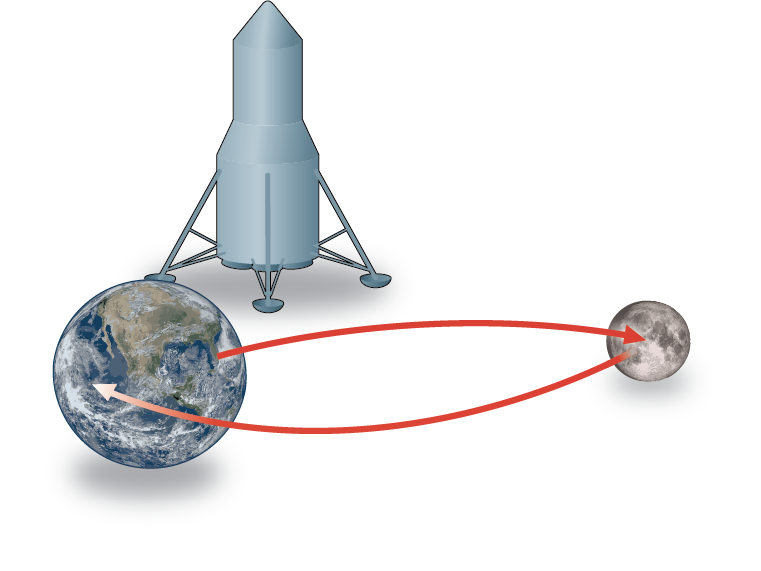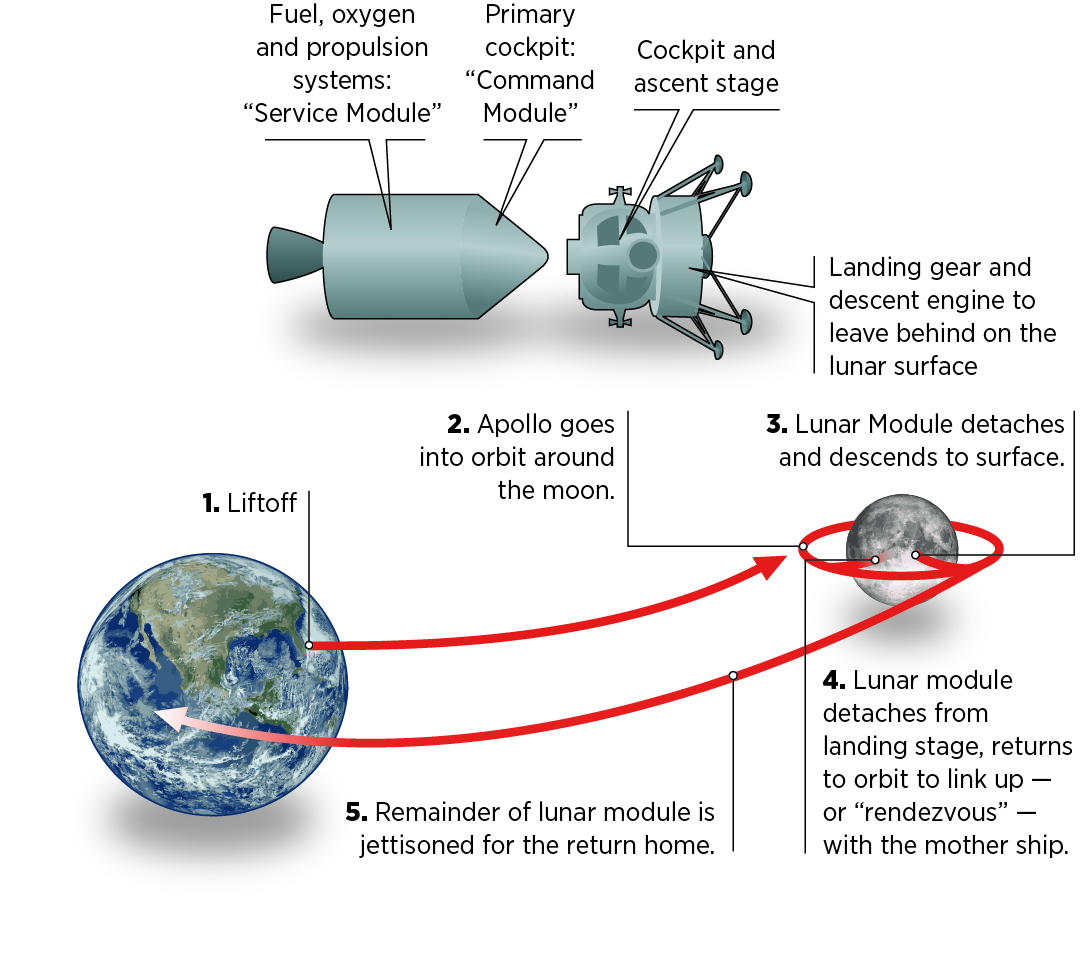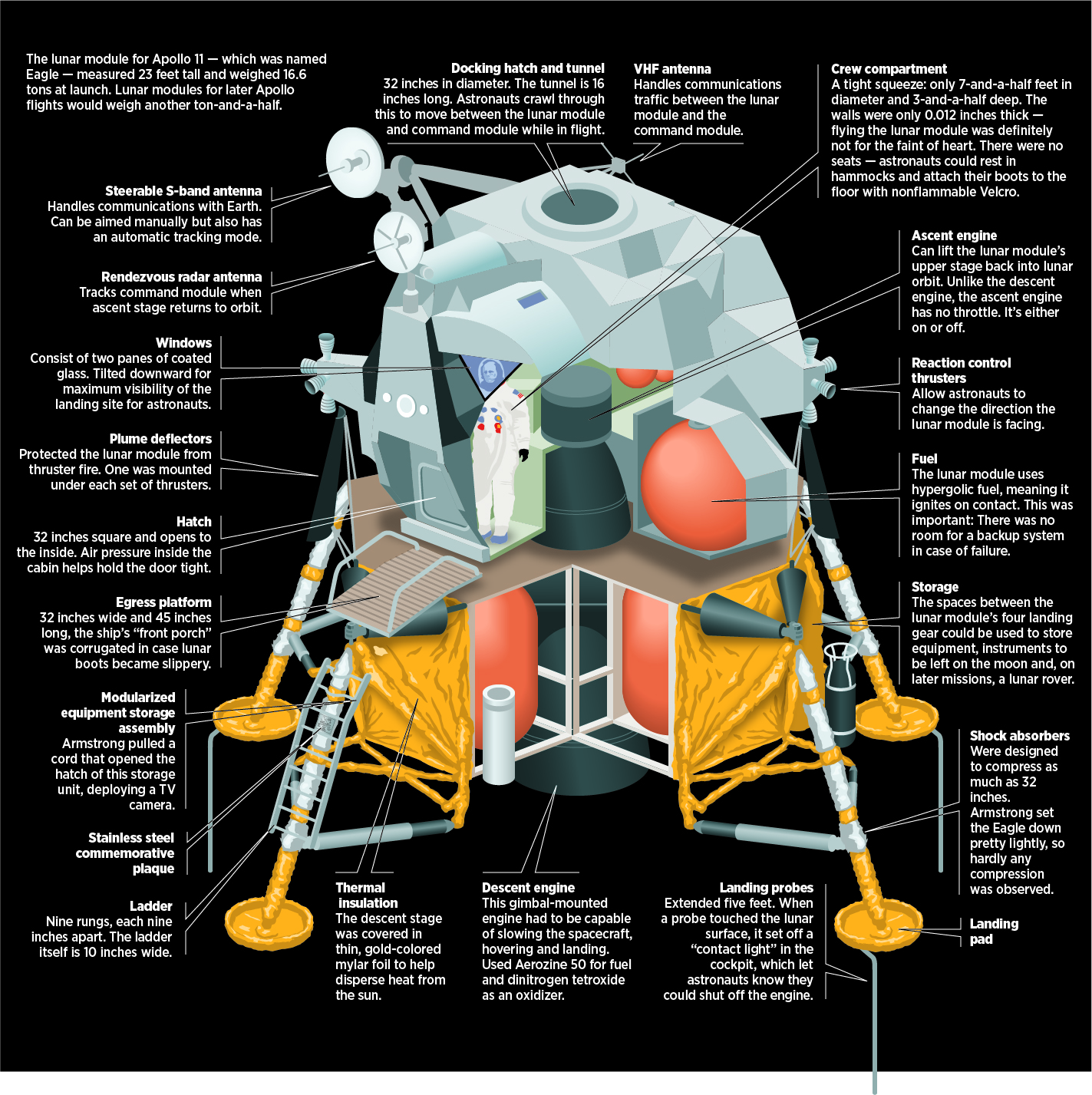
Lunar Landing: How we got to the moon, from man to machinery
Fifty-five years ago today, July 15th, 1969, Apollo 11 lifted off from Florida’s Kennedy Space Center. Four days later, two astronauts would become the first humans to walk on the moon.
The Man Who Figured Out How To Get To The Moon
If not for NASA engineer John Houbolt, getting to the moon before the end of the 1960s might have been a non-starter.

Credit: NASA
The original plan was for astronauts to blast off in a giant rocket and back that rocket down onto the lunar surface. NASA called this direct ascent.
After the astronauts finished their work on the moon, the rocket would blast off again and head back to Earth.

With lunar orbit rendezvous, or LOR, NASA would launch a spacecraft designed in small modules and then discard the used modules as the mission progressed.

UPSIDE: LOR used less fuel and wouldn’t require a launch vehicle larger than NASA’s Saturn V rocket. This would cut years off the effort to reach the moon. Nor would it require multiple launches for a single mission to the moon.
DOWNSIDE: This would require astronauts to rendezvous and dock in orbit around the moon. NASA would need to learn how to do this, which would require an interim step between Projects Mercury and Apollo. This would become the Gemini program.
Houbolt risked his career and the wrath of his supervisors by repeatedly pressing for lunar orbit rendezvous. By June 1962, Houbolt had convinced master rocket builder and influential NASA official Wernher von Braun that LOR was the way to go.
Inside The Eagle
